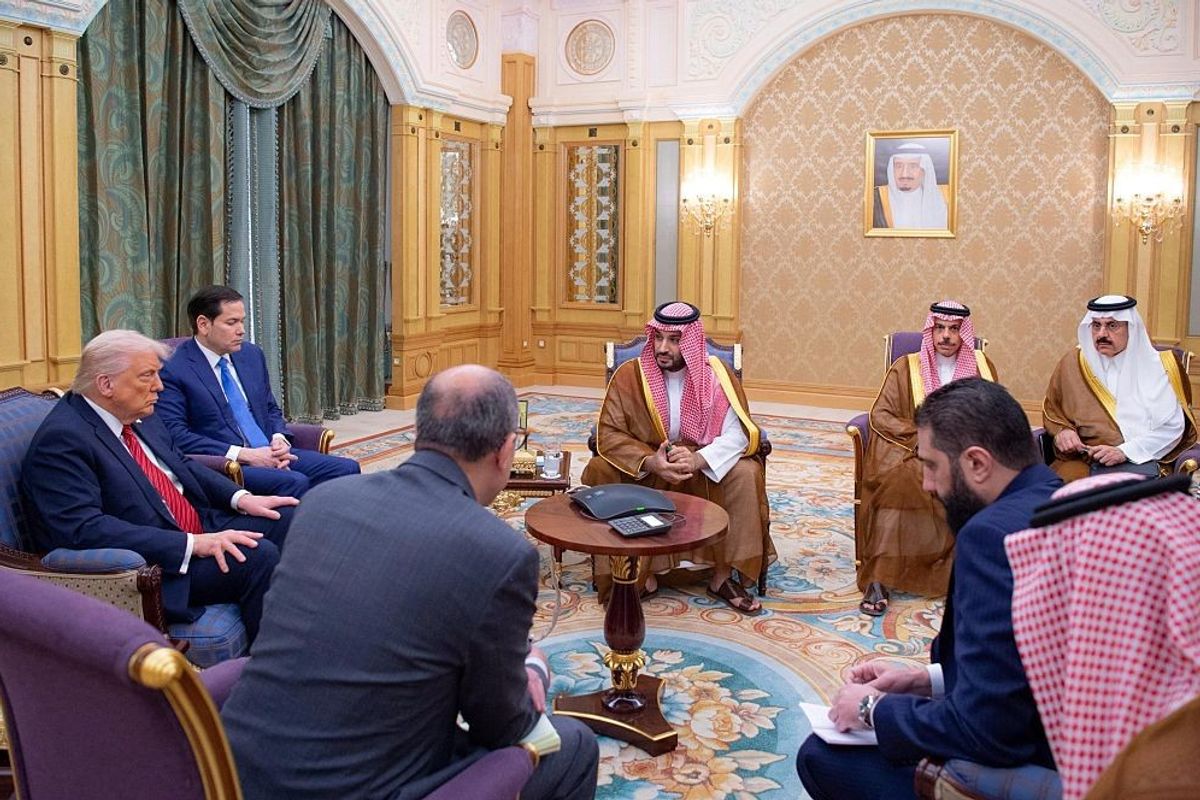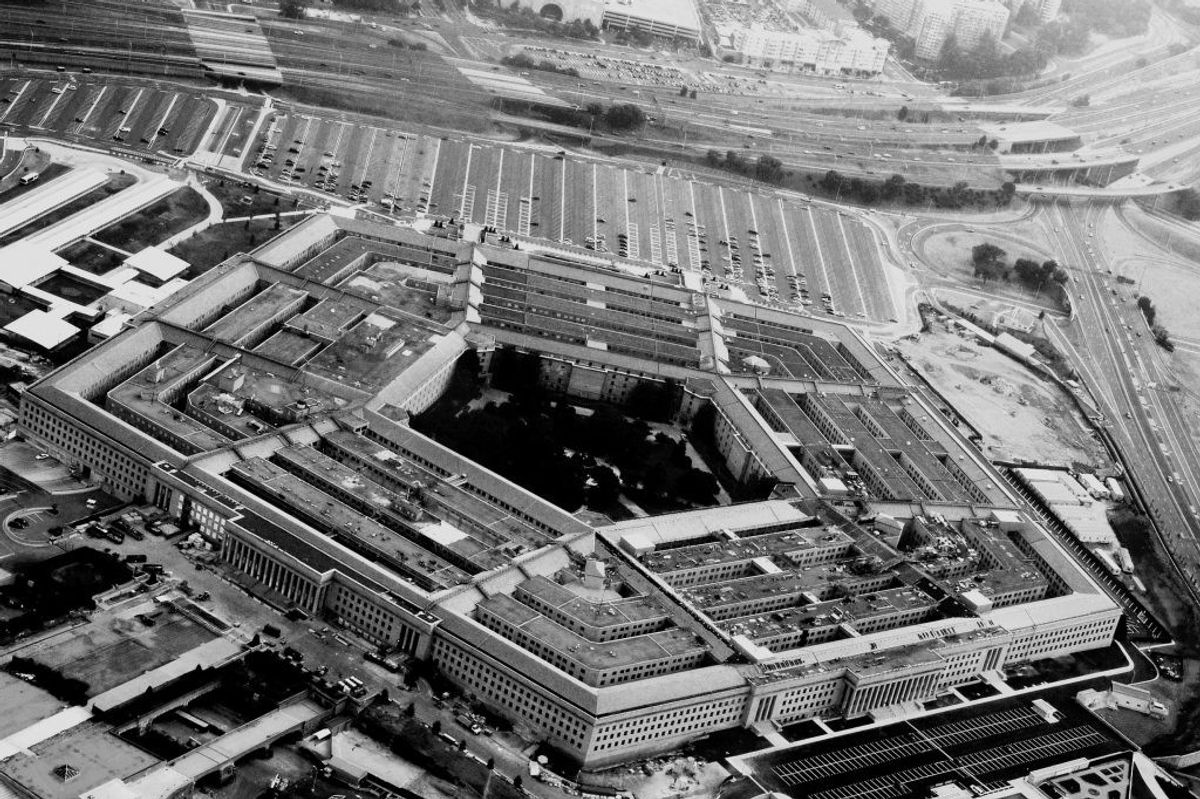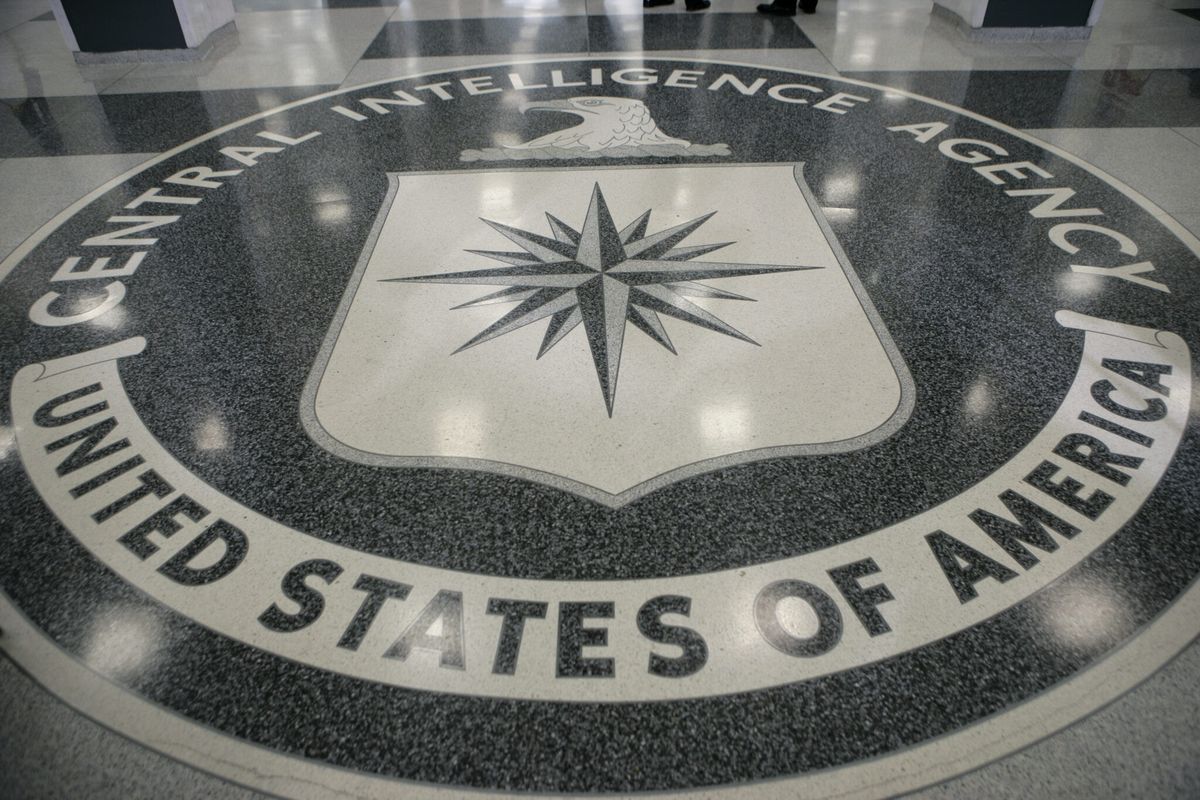When CIA case officers graduate from the Field Training Course, they are reminded of the deep moral responsibility they have to the sources they cultivate, especially those who are put in harm’s way by the very fact of their relationship with the officer. That same ethic motivated the Directorate of Operations (DO) to seek to memorialize those who had lost their lives providing information vital for American security.
According to CIA officer Mark Kelton, the idea for a memorial was first suggested in the late ‘90s by then Deputy Director for Operations, Jack Downing. Kelton was serving as Downing’s Executive Assistant.
During the ‘80s and ‘90s, many CIA sources —those that CIA insiders know as “agents”— simply disappeared and a large number of CIA operations were compromised.
While the identification of Aldrich Ames as a traitor in 1994 explained some of those losses, the full story behind the compromise of those heroic agents would not be fully revealed until Robert Hanssen was arrested in 2001. “When, because of Ames and Hanssen, agents were being lost you could see the effect it had on the officers who had worked with them,” said Kelton. “The sense of loss and responsibility cast a kind of pall over them.”
In 1998, Downing felt strongly enough that he urged that the fallen agents be remembered. Even though Kelton was preparing for an overseas assignment, he was given the task of writing a memo proposing the Fallen Agent Memorial.
By the end of 1999, though, with Downing retired and Kelton overseas, the idea languished.
After the 9-11 attacks, CIA became involved in the all-consuming fight against terrorism. When Kelton came back to headquarters in 2002, the idea for a memorial was still sitting, but without top level support, it was difficult to move it forward.
In 2007, Michael Sulick took Downing’s old position as Director of the now named National Clandestine Service (NCS). Kelton, who was then chief of the European Division, reminded him of the idea. With Sulick’s approval, the creation of the Fallen Agent Memorial finally got underway.
There was some opposition to the idea. Questions were raised about how visitors from liaison services might react when they come to the building. According to Sulick, they said, “What will foreign visitors think? They might think that we spy on them.” Those with concerns were told, “That’s what the CIA does. They know what we do for a living and they can feel free to assume we’re not talking about their country – or not. It’s up to them.”
According to Sulick, others said, “Well, wait a minute, agents- they’re traitors- even if they’re working for us they are still traitors. They are venal and they’re not the cream of society. They are flawed human beings.” The reply to this objection: “So are we all.”
After the proposal was approved by the Agency’s Fine Arts Commission, decisions had to be made about the location of the memorial and the selection of an artist to create it.
Toni Hiley, the CIA Museum Director, says the challenge for the commission was to find a place in the building where the memorial could do its job to inform, educate and inspire the workforce.
Ultimately, the decision was made to put the memorial in the lobby of the Original Headquarters Building (OHB). This lobby contains other important CIA memorials, the most notable being the Memorial Wall, which honors those CIA officers who have made the ultimate sacrifice. However, the Fallen Agent Memorial would be placed beyond the badge readers. As Hiley explains, it is “…. within the memorial space of the lobby but on the clandestine side. What we consider to be in the inner sanctum.”
The artist chosen to execute the memorial was Chas Fagan who had also created the portrait of former CIA Director Porter Goss. Fagan is a sculptor as well as a portraitist. The Fine Artists Commission decided Fagan’s concept for the memorial came closest to interpreting the National Clandestine Service’s original ideas.
When the idea for the memorial was approved, the NCS surveyed its employees for their input. They envisioned a marble memorial like the Allen Dulles bas-relief that is visible on the right hand side of the OHB lobby as one enters. It would not be a memorial to particular people, but to all those agents who had lost their lives helping to keep America safe and free.
The artist built upon the concept of the bas-relief. Fagan looked to the commemorative sculptures of the Renaissance that show the portrait sitter in a piece of architectural sculpture like a tondo, a circular work of art. Museum director Hiley says, “He took it one step further … we can’t see the faces of those we are commemorating because they are our agents, their work is done in the shadows. He designed the sculpture so that it would cast a shadow over the portrait sitter. You would just barely see the suggestion of a human form in the classical drapery, or the cloak of clandestinity if you will, the fabric of that cloak being what binds us together metaphorically.”
The NCS also requested that there be an eagle in the sculpture to represent CIA. The eagle is the symbol of vigilance and is present in the Agency seal. And the NCS wanted a globe to symbolize that the agents work around the world helping us to remain vigilant.
The commemoration piece in many classical sculptures is the use of the laurel leaf, and the NCS suggested that should be a part of the sculpture as well. The artist put two pieces of laurel in – one for the Agency and one for the agent – and then crossed them to symbolize the partnership and what binds them together, that common goal of ensuring that we remain free.
Another symbolic feature of the sculpture is that it is created out of the same marble as the wall on which it is mounted. Just as agents seek to blend into the background and go unnoticed, the sculpture could easily be overlooked as one passes by.
The words carved into it simply say, “In honor of those who made the ultimate sacrifice in the silent secret struggle for freedom.”
Former DNCS Sulick says there is a certain anonymity about the memorial that fits in with the fact that these CIA agents had to operate secretly in the societies where they lived.
Mark Kelton believes Fagan created, “A piece of art of lasting importance that goes to the core of what CIA does for the country. The idea of CIA as an espionage service makes some uncomfortable. (Agency officers) live with the idea that the people we work with do so at great cost and great risk. It is, at times, tragic. This is a moral issue for Operations officers and they have to take it seriously. Losing agents has a tragic effect on officers. People need to remember the overall purpose of CIA.”
Jeanine C. Hayden is the spouse of former CIA Director Michael Hayden. She is on the Board of Governors of the National Military Family Association.












